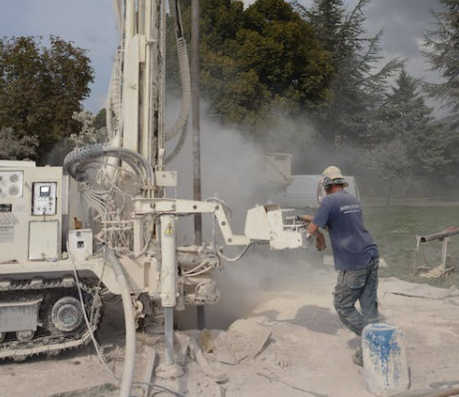Recalibration of the Mortgage Market.

Introduction.
Undoubtedly, Canadian real estate has recently been a hot topic of discussion not only for those in the real estate industry but also often as the centre of conversation between family, friends and associates.Most interestingly, there is rarely one constant stance on the matter. Seemingly, it depends on whether you’re speaking to someone planning to purchase real estate or to an existing homeowner – either one who has owned for some time or has just recently purchased. By Merriam-Websters’ definition, a house is a “building that serves as a living quarter.” The reality is that real estate, for a segment of homeowners, represents far more than a roof over one’s head.
Canadian Real Estate Inflation.
Today, the value of one’s property and equity or lack thereof are representative of one’s livelihood.Over recent years, facing relatively low interest rates and with a strong desire to own real estate, many pursued real estate purchases; homeowners have often been rewarded with considerable equity appreciation, net of transactional and carrying costs.
That equity accumulation has allowed homeowners to access low-cost capital for many purposes, including consolidation of high-interest debt; making down payments on other real estate acquisitions; or simply as cash on hand for living expenses. Many homeowners saw real estate values continue to rise year over year and had little reason or desire to believe the music would stop.
There were certainly homeowners who began to question the sustainability of refinancing over the long term or challenged the old folktale that real estate values only go up, and took the opportunity to sell their homes, pocket their gains, and downsize to lower-priced homes, with smaller mortgages or no mortgages at all. Others may have shared the same feelings but, depending on their situation, pursued homeownership by all means necessary.


When The Music Stops?
Fast-forward to today: real estate values are softening in certain markets, and trans-action-related nightmares include the inability or unwillingness to close on purchases, in some cases jeopardizing a series of related transactions. There has also been a reduction in purchasing sentiment and an increase in borrowing costs and qualifying hurdles, meaning it is now unfortunately judgment day for a segment of homeowners, including new owners who purchased real estate at the peak of the market and are witnessing their neighbours’ homes selling months after their purchase for hundreds of thousands of dollars less than they paid for them.
Similarly, homeowners who have never relied on real estate value increases as a method of supplementing income or servicing existing mortgages are now facing carrying cost increases on certain mortgage products and renewal interest rate increases, all while simultaneously battling an increase in the overall cost of living. In summary, the run-up in real estate values created a false sense of reality and security for a segment of homeowners.
To make matters more challenging, most non-bank private lenders that ordinarily provide alternative financing options to homeowners who are unable to qualify for institutional financing for one or more reasons have adjusted how they underwrite, condition and approve their mortgages. In other words, the private lenders that would ordinarily be stepping up to bat to fill the void and provide bailout funding to homeowners in need are not as willing to do so. This presents a Catch-22. While private mortgage lenders are rightfully prioritizing their duty to safeguard their investors’ capital, the homeowner, in need of private financing, no longer has this option, or at least not to the same extent as during a rising and more predictable real estate market.
In Summary.
In my view, it is evident that a recalibration is occurring before our eyes that appears to mark the end of the line for a segment of existing homeowners unable to sustain homeownership without year-over-year real estate inflation and a transition of the prime borrowers of yesterday to the non-prime borrowers of today.
In summary, it is my opinion that being cognizant of evident realities is simply a sound approach for industry professionals and consumers alike to navigate the current real estate terrain.
Source: Daniel Vyner featured by Canadian Mortgage Professional Magazine.




